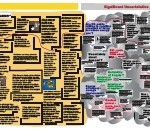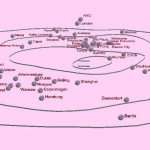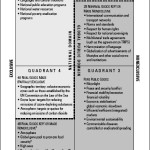See images below
- Source: Flood Maps, Alex Tingle, NASA Google Maps http://flood.firetree.net
- Flood Maps, Alex Tingle, NASA and Google Maps. http://flood.firetree.net/
- Source: Flood Maps, Alex Tingle, NASA and Google Maps http://flood.firetree.net/
- Source: Flood Maps, Alex Tingle, NASA and Google Maps. http://flood.firetree.net
- Source: Why do Global Public Goods Matter Today? Inge Kaul, Pedro Conceição, Katell Le Goulven, and Ronald U.Mendoza, in Providing Global Public Goods: Managing Globalization, Inge Kaul, Pedro Conceição, Katell Le Goulven, and Ronald U. Mendoza, eds., New York: Oxford University Press, 2003.
- orest Loss, Map No. 108, Worldmapper http://www.worldmapper.org/display.php?selected=108
- Wood And Paper Imports, Map No. 74, Worldmapper http://www.worldmapper.org/display.php?selected=74
- Plants At Risk, Map No. 271, Worldmapper, SASI Group (University of Sheffield) and Mark Newman (University of Michigan). http://www.worldmapper.org/display.php?selected=271
- Arms Exports, Worldmapper http://www.worldmapper.org/display.php?selected=281
- EarthWise: A New Landscape of Globalization In this Atlas, the research group developed an entirely new space of relationships. We used the raw connection values to develop a space which depends entirely on connection. Essentially, we disregarded absolute geography to create a world in which strength of connection solely determines spatial location. Peter Taylor calls this the new “Landscape of Globalization. [1] ” Examples The New Landscape of Globalization http://www.lboro.ac.uk/gawc/visual/lang_atlas3.html The visualizations show a new world geography based on connectivity. Cities closest to the center are the best connected to the other world cities, and cities on the edges are least connected. The points shown in the visualization are the new relative city locations based solely on connectivity values. Considering that connectivity is the only thing that matters, this is a new map of the world. The higher a city’s z-value and the closer it is to the center, the stronger its world city connection.
- Source: “Advancing the Concept of Global Public Goods” in Inge Kaul, Pedro Conceição, Katell Le Goulven, and Ronald U. Mendoza, eds., Providing Global Public Goods: Managing Globalization. New York: Oxford University Press, 2003
















